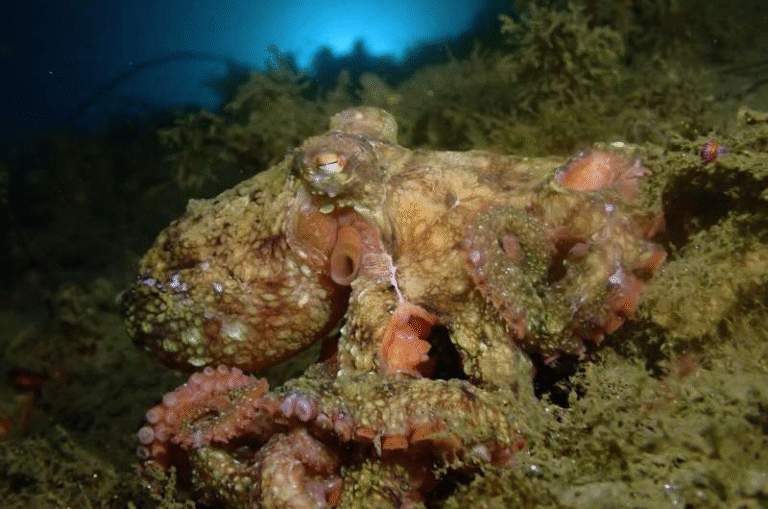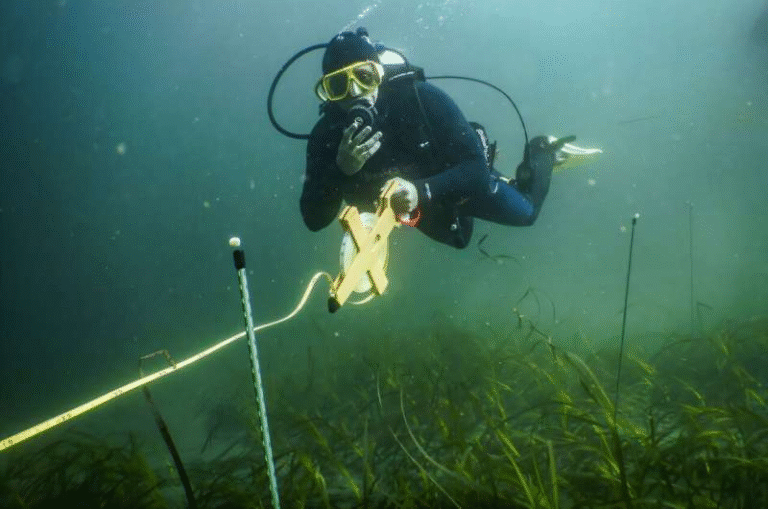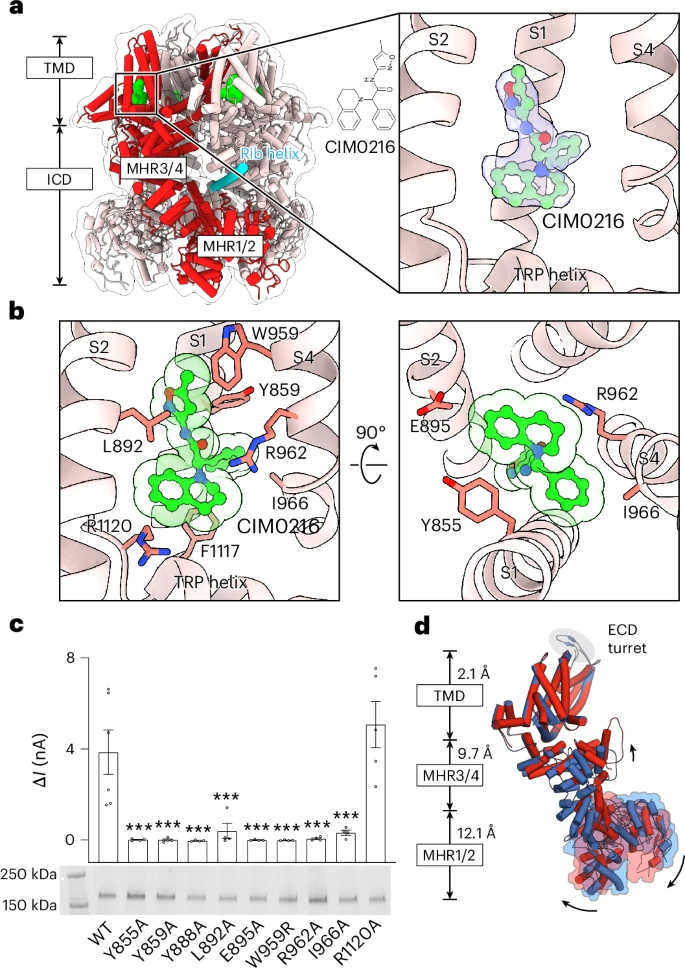Deep-Sea Ghost Sharks Grow Teeth on Their Foreheads – And Scientists Finally Know Why
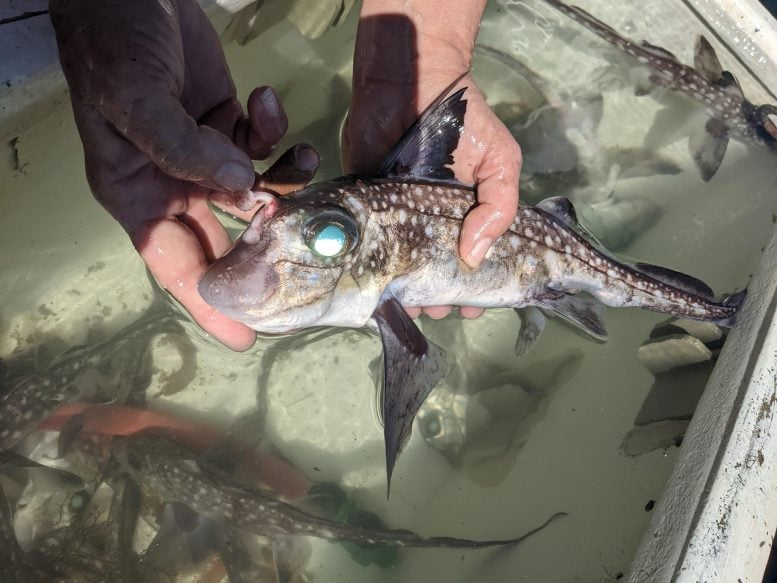
Ghost sharks, also known as chimaeras, are mysterious deep-sea relatives of sharks and rays. These eerie fish have always puzzled scientists with their unusual body structures, but a recent study has revealed something truly remarkable: male ghost sharks grow actual teeth on their foreheads. These teeth aren’t random spikes or imitations—they are real teeth, formed using the same genetic and developmental processes as the teeth inside the mouth.
Researchers have now figured out why these strange creatures developed this bizarre adaptation and how it connects to both ancient fossils and modern genetics. The discovery reshapes how scientists understand the flexibility of tooth development and offers new insights into evolution’s ability to repurpose biological tools.
The Forehead Teeth: What They Are
Male ghost sharks develop a rod-like appendage on their forehead known as the tenaculum, or frontal clasper. This structure is only present in males and is used during mating. Covering the tenaculum are rows of sharp, retractable teeth that function much like hooks, helping males hold onto females during reproduction.
Unlike sharks, which often use their mouths and sharp oral teeth for the same purpose, ghost sharks have evolved this forehead-based gripping tool. Importantly, the teeth on the tenaculum are true teeth, not skin denticles or scales. Scientists confirmed this using fossil analysis, modern anatomical imaging, and genetic testing.
Fossil Evidence Dating Back 315 Million Years
The forehead teeth of ghost sharks aren’t just a modern oddity. Fossilized remains dating back 315 million years reveal that ancient chimaeras also had toothed tenacula. One fossil, belonging to a species known as Helodus simplex, showed a forehead appendage connected to the upper jaw that carried teeth almost identical to those inside the mouth.
This discovery proves that the tenaculum is not a strange, one-off mutation, but rather a deeply rooted evolutionary feature of chimaeras. Over millions of years, this forehead appendage has been retained and refined, showing the evolutionary stability of the structure.
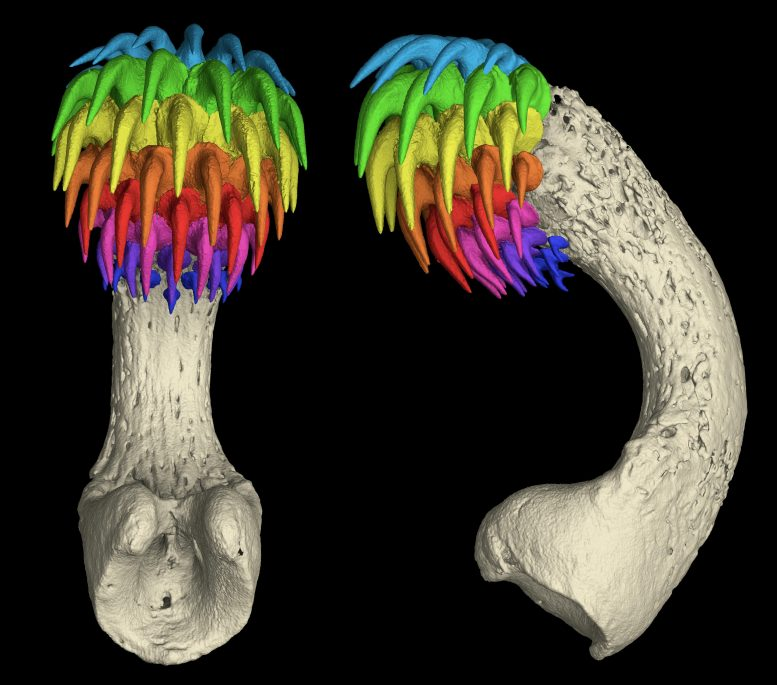
Credit: Specimen scanned by Karly Cohen; rendering and image by Ella Nicklin
Modern Observations in Living Species
To confirm the fossil evidence, scientists examined modern specimens of spotted ratfish (Hydrolagus colliei) collected from Puget Sound. CT scans of adult males revealed the same forehead tooth development seen in fossils.
Juvenile males show the early formation of the tenaculum before the teeth fully develop. In contrast, females display only a small rudimentary version that never mineralizes or becomes functional. This makes the tenaculum a sexually dimorphic trait, existing only in adult males.
Genetic Proof That They Are Real Teeth
The most convincing evidence came from genetic analysis. The researchers discovered that the genes responsible for producing oral teeth are also active in the tenaculum teeth. In contrast, the tooth-like scales (denticles) covering shark skin do not express these genes.
This proves that the tenaculum’s teeth are true teeth, sharing the same developmental origins as the ones found in the mouth. They form through a dental lamina, the same tissue process that produces normal oral teeth. This finding ends the debate about whether the forehead structures were simply modified skin denticles or actual teeth.
Why Do Male Ghost Sharks Have Forehead Teeth?
The purpose of the tenaculum teeth is reproductive. Male ghost sharks use the tenaculum to grip females during mating, anchoring themselves while inserting claspers (their reproductive organs). This helps ensure successful fertilization in the deep-sea environment, where currents and movement could otherwise disrupt mating.
The fact that the tenaculum shortens over evolutionary time while still retaining its toothed structure suggests that nature found this adaptation so useful that it preserved the ability to produce real teeth outside the mouth.
Evolutionary Flexibility and “Tinkering”
Scientists often describe evolution as a process of tinkering—repurposing existing biological tools for new functions. The ghost shark’s forehead teeth are a perfect example of this. A genetic program originally designed to produce teeth inside the mouth was co-opted and repurposed to produce teeth on the forehead.
This discovery challenges the assumption that vertebrate teeth are strictly oral structures. Instead, it shows that under the right conditions, the machinery for tooth development can be activated in unexpected places.
How Scientists Figured It Out
The research team combined paleontology, developmental biology, and genetics to uncover the truth about the tenaculum:
- Fossil Analysis: A 315-million-year-old Helodus simplex fossil revealed a tenaculum with tooth-like rows attached to the upper jaw.
- CT Scans: Modern ratfish were scanned to visualize internal structures, confirming that the tenaculum develops real tooth rows.
- Histological Studies: Tissue samples showed a dental lamina, identical to the process forming oral teeth.
- Genetic Tests: Tooth-development genes were expressed in the tenaculum but absent in skin denticles, proving these structures are teeth.
This multi-pronged approach left no doubt: ghost shark forehead teeth are genuine.
Beyond the Mouth: What This Means for Tooth Evolution
This study demonstrates that tooth development is more flexible than previously thought. Teeth don’t necessarily have to be confined to the mouth—they can emerge elsewhere if the developmental genes are expressed in new locations.
This opens up intriguing questions:
- Could other vertebrates also form teeth outside the mouth under rare conditions?
- How often has evolution repurposed developmental programs like this?
- Are there other hidden or overlooked tooth structures in fossil records?
The ghost shark tenaculum shows how evolutionary biology can surprise us by revealing unusual solutions to reproductive challenges.
Extra Information: Understanding Ghost Sharks
To fully appreciate this discovery, it helps to know more about ghost sharks themselves.
What Are Ghost Sharks?
Ghost sharks, or chimaeras, belong to the subclass Holocephali, which split from sharks and rays (Elasmobranchii) more than 385 million years ago. They are ancient fish that live mostly in deep waters.
Teeth and Jaws of Ghost Sharks
Unlike sharks, which have constantly replacing rows of sharp teeth, modern chimaeras typically have tooth plates made of fused dentine. These plates are adapted for crushing and grinding hard-shelled prey, such as mollusks and crustaceans. The tenaculum, then, is their only structure that has distinct rows of teeth.
Distribution and Habitat
Ghost sharks are found in deep-sea environments around the world, usually at depths of 200 to 2,600 meters. The spotted ratfish (Hydrolagus colliei) is one of the few species that occasionally comes into shallower waters, which is why researchers are able to collect and study them.
Reproduction in Ghost Sharks
Chimaeras have unique reproductive adaptations. Males have not only claspers (like sharks) but also extra appendages such as the tenaculum and pre-pelvic claspers. These help them secure females during mating, which is vital in deep waters where conditions are unstable.
The Significance of This Discovery
The revelation that ghost sharks grow real teeth on their foreheads underscores the extraordinary creativity of evolution. Structures can appear in unexpected places when existing genetic blueprints are reused.
This discovery also helps paleontologists better interpret fossil specimens. When tooth-like structures are found outside the mouth in fossils, they can no longer be dismissed as random scales. Instead, they may represent genuine evolutionary experiments in tooth placement.
It also reminds us how much is still unknown about life in the ocean’s depths. Ghost sharks are rarely seen alive, and many aspects of their biology remain mysterious. Studies like this show that even well-studied animals can still surprise us.
Conclusion
Male ghost sharks use tooth-covered rods on their foreheads—the tenaculum—to grip females during mating. These teeth are real teeth, confirmed through fossil evidence, modern genetic analysis, and imaging techniques. The structure is unique, sexually dimorphic, and deeply rooted in evolutionary history.
The study demonstrates the remarkable flexibility of evolution, where an oral genetic program was repurposed to create teeth outside the mouth. It highlights how much we still have to learn about vertebrate development and the hidden surprises of the deep sea.
